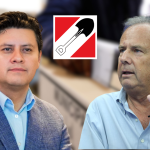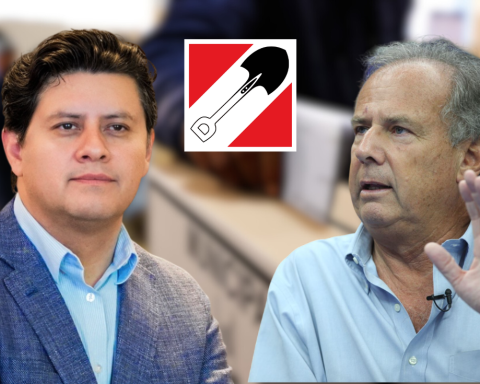In February, driven by the increase in gasoline prices due to the conflict in Europe, the consumer price index in the United States reached record level of 7.9% the highest since January 1982.
“If the salary goes up, the cost of the most important raw material goes up and, therefore, you can have inflationary spirals. Today the salary is below inflation. This spiral could not happen today, ”he maintained.
Luis Gonzalí pointed out that the Fed is expected to reach a maximum of between 3.25% and 3.5% in the interest rate towards the end of next year, “and then begin to drop around 3% by 2024,” he pointed out.
In a scenario in which prices have been rising due to external problems, such as in supply chains, central banks cannot do much, Gonzalí said, recalling the words of Jerome Powell, president of the Fed, from last week.
“If the Fed gets nervous and ends up raising the rate aggressively, it will probably depress consumption and end up lowering inflation, but we are going to see a deep recession,” he said while noting that the idea of the Federal Reserve is to have a slow decline in economic activity.
“The Fed and Banxico are playing to maintain expectations and it is not possible to do more than that, from the monetary point of view,” he added.
Compared to Mexico, Gonzalí added, monetary policy in the United States is more effective and when the US central bank increases the reference rate, “the economy slows down.”
The fact that Banco de México began to raise the interest rate before the Fed is due to the fact that developed markets have a different rhythm than emerging markets, explained the co-director of investments at Franklin Templeton.














